A roof can deteriorate and/or become damaged for many reasons. A roof repair can save you money and protect your home in the long run.

Check for cracked housings on plastic roof vents and broken seams on metal ones. Throwing caulk at the problem won’t last, and replacing the vents is a much better solution.
When shingles are damaged, they are much more vulnerable to moisture, which can lead to water leaks inside your home. This can be a costly problem, especially if the damage is severe enough to require a full roof replacement.
Often, damaged shingles are easy to spot and can be repaired with some DIY expertise. If your shingles are older, though, it may be wise to call in a professional for the job.
A good home inspector can help you determine whether the damage is fixable or needs to be replaced completely. A homeowner’s insurance company will also likely cover a repair if the damage is covered under the terms of your policy.
As you inspect your roof, pay special attention to a few common types of shingle damage. These include bald spots, missing shingles, curling shingles, and broken or cracked shingles.
Bald spots, for instance, are a sign that your shingles are losing their granules due to aging or weather. It’s also a sign that your shingles are being exposed to harsh weather conditions, which can cause them to crack.
Shingles that are curled, meanwhile, may be a result of fluctuating temperatures or poor ventilation. Sometimes they can be repaired and re-sealed to lay flat again; other times they need to be replaced.
If a shingle is severely cracked, it’s better to replace it entirely rather than try to fix it. A roofing contractor can remove the shingle and replace it with new ones that match the rest of the shingles on your roof.
If your shingles are damaged by hail, it’s a good idea to hire a roofer to assess the damage and take care of any repairs that are necessary. Hail can rip off shingles and tear the fiberglass mat under them, which will cause further damage.
Homeowners often assume that damaged shingles are the cause of leaks on their roof, but other components of the roof can also lead to water damage. For example, metal flashing can break down and allow water to penetrate the roofing material.
The best way to prevent water leaks is to inspect and maintain the roof flashing every spring. Look for rust spots or corrosion, as well as small holes in flashing joints.
If you notice any cracks or gaps in the flashing, apply a generous amount of roof cement to the joint, spreading it with a trowel. Then, slide the flashing over the joint and fasten it with roofing nails in the same pattern as the old piece.
Some areas of the roof are more vulnerable to leaking than others, such as chimneys and vent pipes. You can find flashing around these areas as well as along the ridges, valleys, and edges of the roof.
To avoid a leaking pipe, make sure that the rubber boot around the vent is in good condition. It may need to be replaced.
It’s also important to replace the flashing around any vents on your roof. The flashing can get pried loose in high winds or hailstorms.
A professional roofer can inspect your flashing and assess the level of damage before performing any repairs or replacements. They can also remove any shingles, expose the flashing, and repair it to prevent further water damage.
Damaged roof underlay is one of the most common roof repair issues that homeowners encounter. It can cause a number of problems that are extremely expensive to fix.
The underlay is a material that lies between the shingles and the plywood roof deck. It provides moisture protection and helps keep the roof deck in good shape.

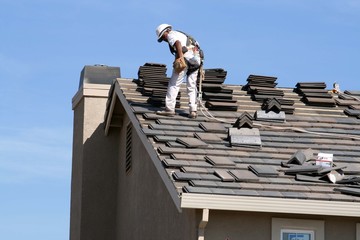


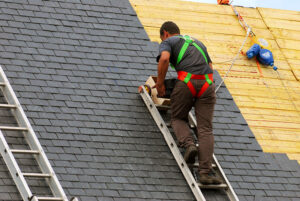
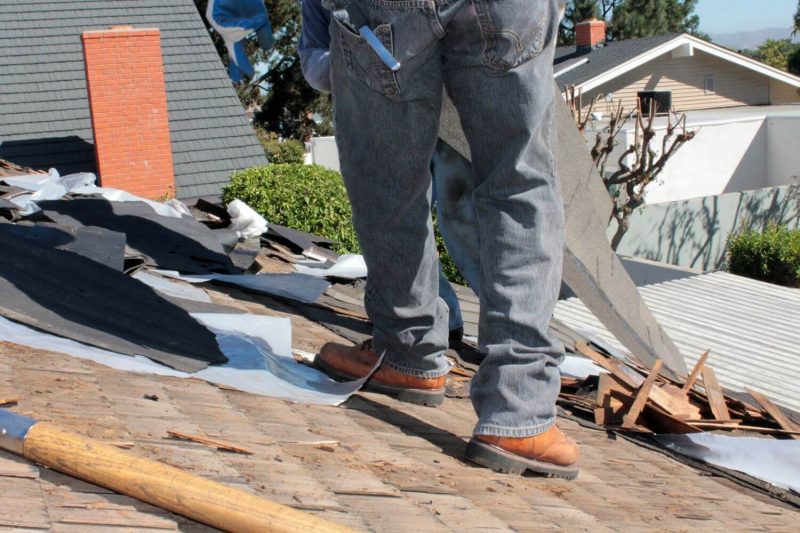
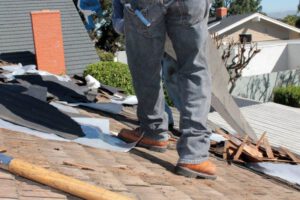

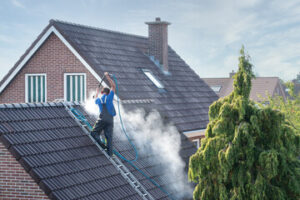
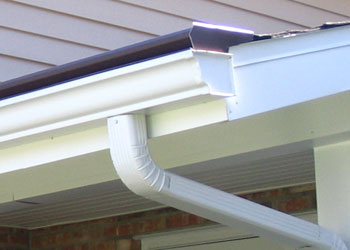

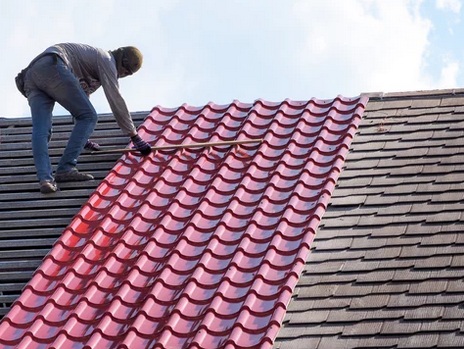
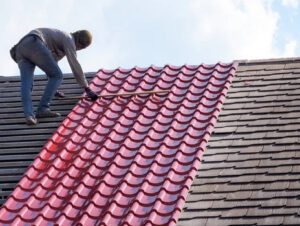 If your roof is leaking, you need the roofing services of a qualified and experienced r
If your roof is leaking, you need the roofing services of a qualified and experienced r